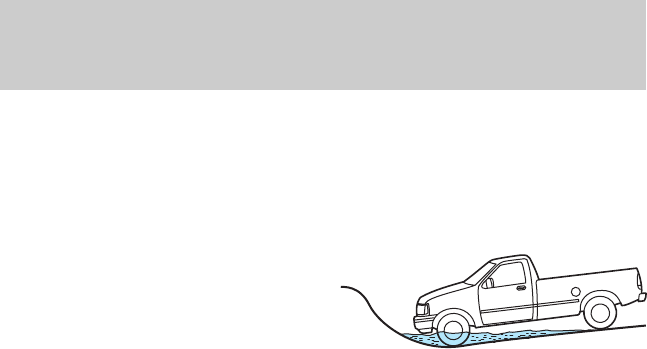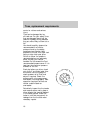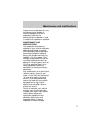
Water
Before driving through water,
determine the depth. Avoid water
higher than the bottom of the
wheel hubs. Proceed slowly to
avoid splashing, if the ignition
system gets wet, the vehicle may
stall.
Once through water, always try the
brakes. Wet brakes do not stop the
vehicle as effectively as dry brakes.
You can dry the brakes faster by
driving the vehicle slowly while
applying light pressure on the
brake pedal.
Deep snow
4WD and AWD vehicles are unique
in that they can be driven in deep
snow that would stop a
conventional two-wheel drive
vehicle. Shift to a low gear and
maintain steady pressure on the
accelerator. This will help prevent
spinning the wheels while
maintaining sufficient momentum
to keep from bogging down. Using
tire chains will also help.
Never drive with chains on the
front tires of 4WD or AWD vehicles
without also putting them on the
rear tires. This could cause the
rear to slide and swing around
during braking.
Driving on hills
Although natural obstacles may
make it necessary to travel
Driving off-road with 4WD or AWD
12


















